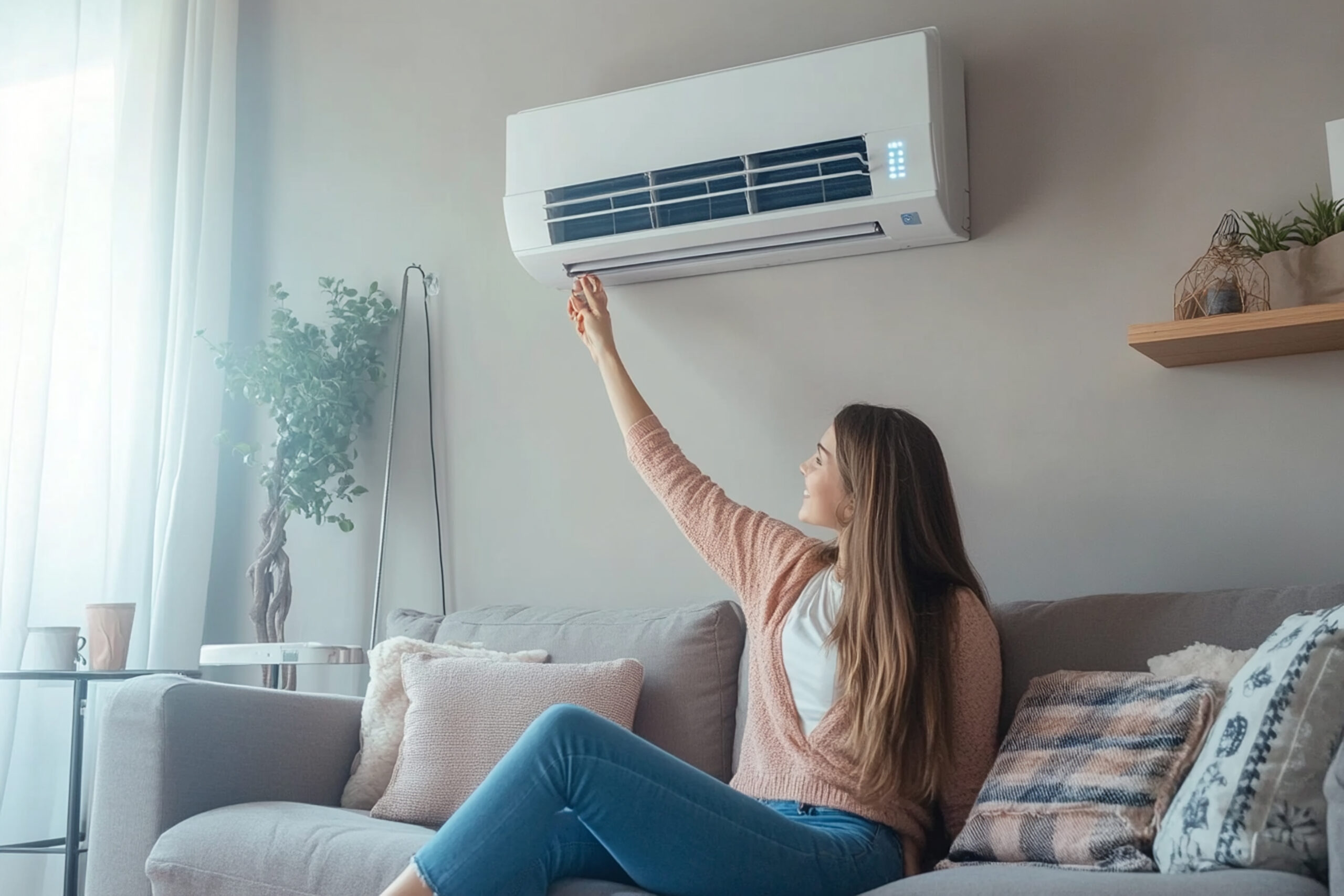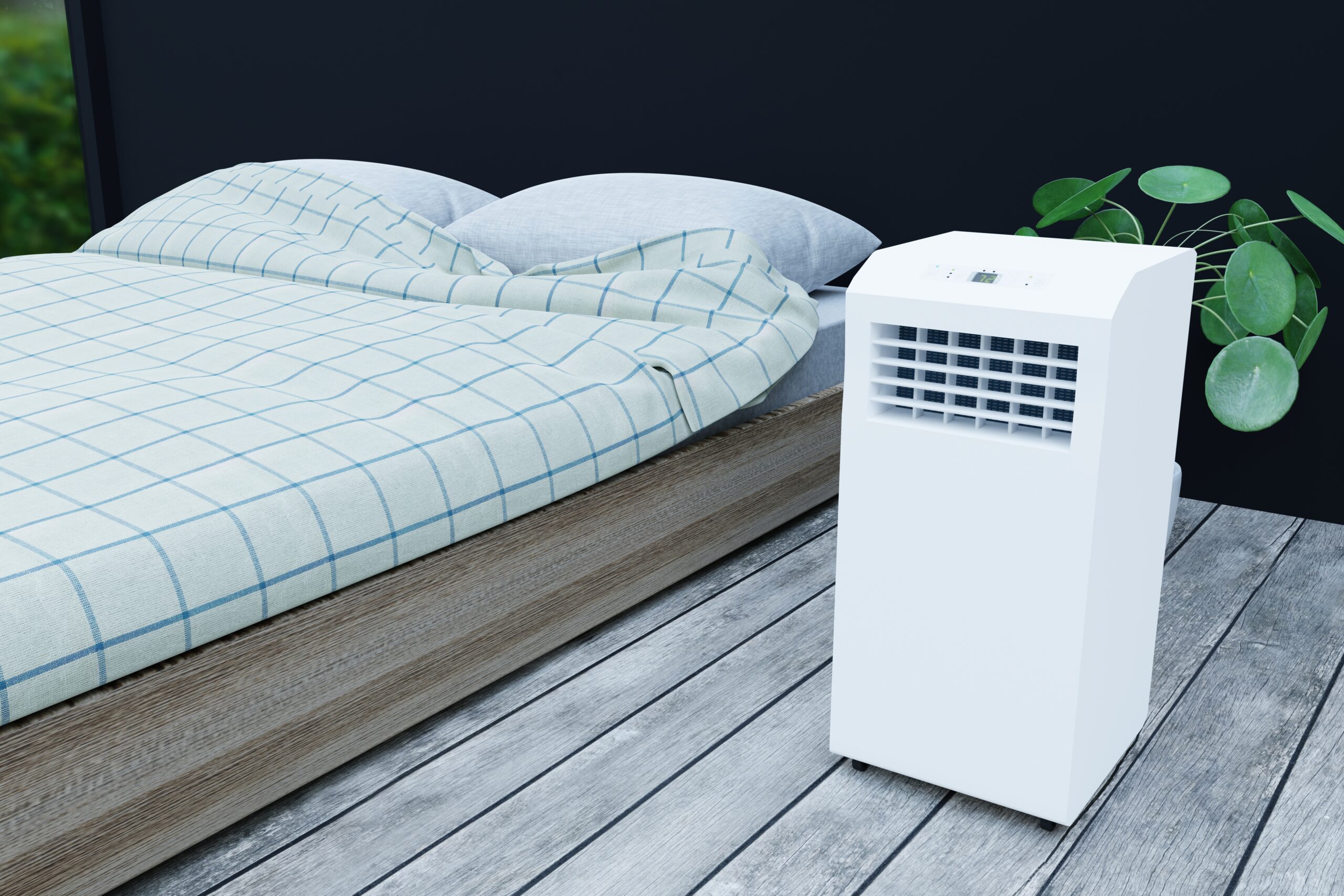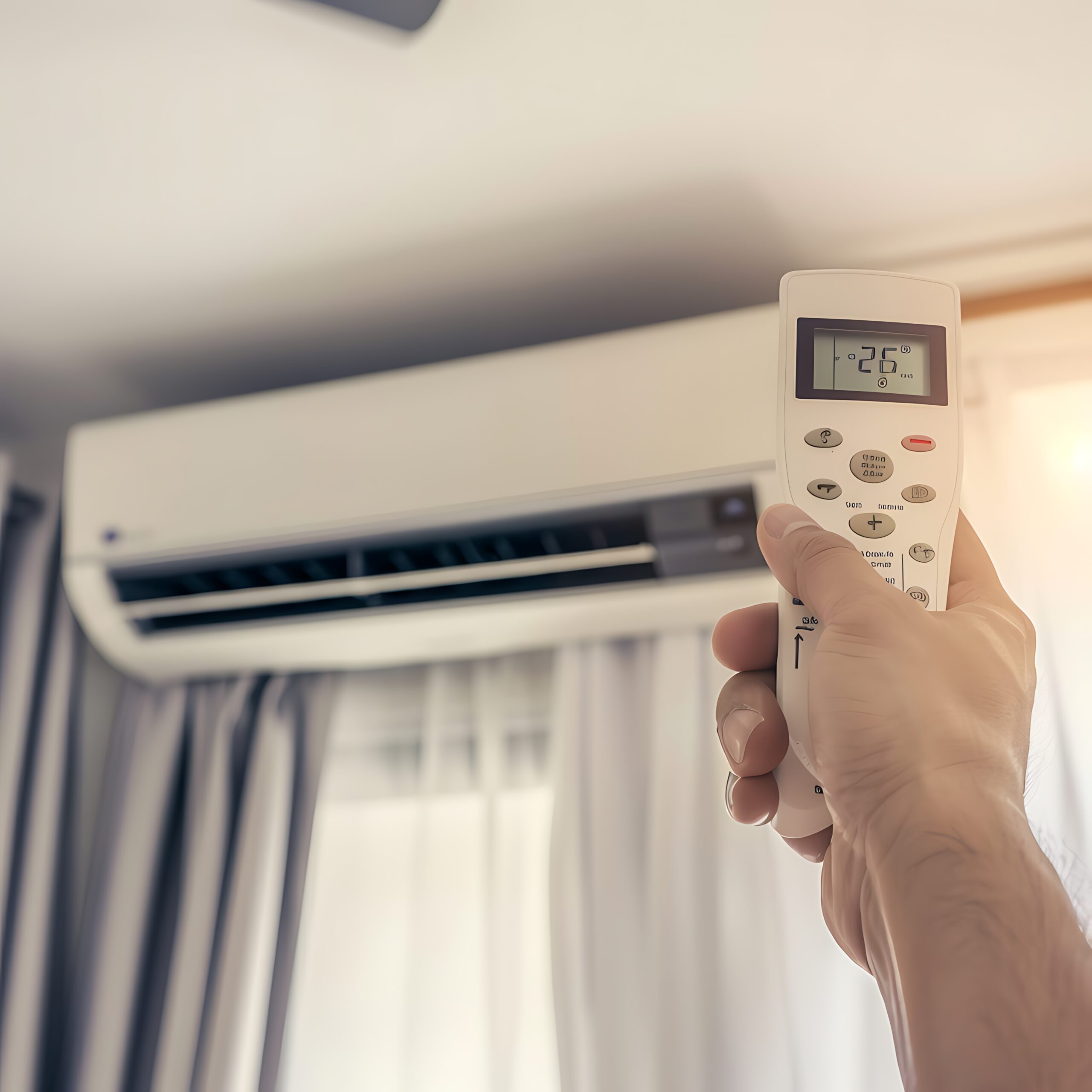Ever wondered how your central air conditioner keeps your home cool even on the hottest days? You’re not alone. It’s a marvel of modern technology that we often take for granted, until it stops working.
In essence, this machine is a complex system of coils, compressors, and fans, all working in harmony to control the temperature in your home. But how does it really work? What’s the science behind the cool comfort it provides?
We’re about to investigate into the intriguing area of central air conditioning, breaking down the process into easily understandable bits. Get ready to appreciate your AC on a whole new level.
Understanding Central Air Conditioning
In the depths of sweltering summer afternoons, most of us get by thanks to the marvel of central air conditioning. Ever caught yourself in a moment’s pause, wondering about the science behind this remarkable cooling system? Let’s investigate into that.
The Basic Concept
Life was a lot sweatier before this innovation. Central air conditioning was a game-changer, exchanging heat inside the house with cooler air from outside. How precisely? Think of a fridge – a bigger, more intricate one. It relies on the principle of condensation and evaporation. The air in your house gets drawn in, passed over cold evaporator coils, and then released back into the rooms as cool air. Quite simple, yet exceptionally vital, especially when the scorching heat becomes too much to bear.
Components of Central Air Conditioner
Bang in the middle of this network of intricately linked parts rests the central air conditioner’s components. These comprise essential machinery like the compressor, condenser, evaporator coil, blower, and air handler. Each contributes to the overall process of cooling your whole house. So next time the AC technician mentions the compressor, you’ll know it’s the very heart pumping refrigerant through the system, initiating the cooling process. Also, the blower’s function, which circulates air throughout the rooms, won’t be much of a mystery.
In essence, central air conditioning is an orchestra of components and principles harmoniously working together to bring you comfort. Once you grasp these basics, this masterpiece of modern technology won’t feel like a complex enigma. Keep in mind, though, that this an overgeneralized explanation. The entire mechanism is a lot more detailed and intricate.
How Does a Central Air Conditioner Work?
Transitioning seamlessly from our previous chat about the basics of a central air conditioner, let’s investigate into the nitty-gritty details, focusing primarily on the cooling cycle and the pivotal role of the refrigerant.
The Cooling Cycle
The mystique of a central air conditioner lies in its cooling cycle. We’ve got an intricate transfer of heat happening, and it’s all thanks to three main stages: Evaporation, Compression, and Condensation.
- Evaporation – As the air handler sucks in warm air from your house, the heat gets absorbed by the refrigerant in the evaporator coil. As the heat is absorbed, the refrigerant itself evaporates, transforming from a cool liquid to a warm gas.
- Compression – This warm gas then travels to the compressor situated outside your house. Here, the gas’s temperature and pressure are increased, supercharging its capability to absorb more heat.
- Condensation – The compressed gas moves to the condenser where it radiates heat to the outdoor air, condensing back into a liquid state. This cooled refrigerant then begins the cycle anew, returning to the evaporator coil.
By rotating through these cycles, a central air conditioning unit can efficiently transfer warm air from inside your house to the great outdoors.
Role of Refrigerant
At its core, the refrigerant is the workhorse of the cooling cycle. As a substance capable of quickly switching from a gas to a liquid and back again, it’s entrusted with the all-important task of absorbing and releasing heat.
As we’ve seen in the cooling cycle, the refrigerant absorbs heat from the warm indoor air and transforms into a gas in the evaporator coil. It then travels to the condenser coil outside the house, where upon releasing the heat, it reverts back to its liquid state.
The process isn’t static, though. With the constant evolving of the refrigerant state, change is the beating heart of a pleasant, cool home environment. In essence, understanding the role of refrigerant illuminates how a central air conditioner works, marrying science with comfort in a harmonious blend.
And there we have it, an intricate symphony of elements coming together to create that calming ambiance on a sweltering summer day. It’s complexity explained, and an air of mystery removed. Remember, the cooler homes you enjoy owe their temperature to these nifty principles. Now, isn’t that cool?
Key Features of Central Air Conditioning Systems
Let’s investigate deeper and talk about some key aspects of central air-conditioning systems that really distinguish them from their counterparts.
Efficiency Ratings
You may wonder what makes one air conditioner more efficient than another? Turns out, it’s all in the efficiency ratings. An air conditioning system’s efficiency is often determined by the Seasonal Energy Efficiency Ratio (SEER). This measures the cooling output during the typical cooling-season divided by the total electric energy input. The higher the SEER rating of a unit, the more efficient it is. For example, units with a SEER rating of 13 and above are considered to be highly efficient.
Now let’s look at the Energy Efficiency Ratio (EER). This rating checks the efficiency of the unit under steady-state conditions, which is quite useful for states encountering constant heatwaves. Unlike the SEER rating, EER is calculated as a ratio of useful cooling to the power input, the higher the value, the better the performance.
The final one is the Coefficient of Performance (COP); it’s a ratio of useful heating or cooling to the work done, and this can be very helpful in countries facing harsh winters. It’s important to note that a high COP indicates a better efficiency as well.
Smart Thermostat Compatibility
In the age of smart technology, your central air conditioner can’t afford to be an exception. It’s the era of devices that listen, learn, and adapt to your lifestyle, just like a smart thermostat. It allows you to program temperatures based on your daily routines, so, making your home more comfortable and saving energy.
A smart thermostat aids in providing the most efficient use of your air conditioning system. For instance, when you are away, the system can adjust the temperature accordingly, reducing energy consumption. Similarly, it can slowly decrease or increase the temperature a few minutes before you arrive home, ensuring that you step into a space that’s just the right temperature.
Yet the smart quotient does not end here. Many are equipped with features that can detect if anyone is at home, display energy consumption in real-time, and even anticipate heating and cooling needs based on the weather forecast. All in all, a smart thermostat is a smarter way to maintain a comfortable home environment while optimising your energy use.
Common Issues and Troubleshooting Tips
Transitioning from the central air conditioner features, let’s investigate into commonly encountered issues and their respective solutions. This guide aims to equip you with the knowledge necessary to tackle any air conditioning system hitches, saving both time and money – quite a relief!
Ease of maintenance and longevity remain the benchmark for most appliances, your central air conditioner inclusive. From diligent checks to professional diagnostics, these procedures ensure smoother operations while eliminating the possibility of bigger technical issues.
Regular Maintenance Needs
Regular checks and maintenance step in as the cornerstone to preserve your central air conditioner’s optimal performance. Like a popular saying goes, “Prevention is better than cure”, routine maintenance reinforces this stance, effectively prolonging your air conditioner’s lifespan. Among the maintenance requirements dwell:
- Filter Replacement: Every air conditioning system relies heavily on its filter system. Think of this as the lungs of your air conditioner. A clogged filter restricts airflow, burdening your system and causing needless strain. Changing your filters every 3 months proves to be an effective deterrent against this problem.
- Coil Cleaning: Your unit’s condenser and evaporator coils also demand attention. These coils collect dirt over months and years of service, so losing their heat-absorbing capacity. Regular cleaning, at least once a year, aids in maintaining efficient operation.
- Checking Refrigerant Levels: Refrigerant levels are vital for your system’s cooling efficiency. A system running on low refrigerant levels afflicts your comfort and the system’s durability. Professional checks ensure these levels are kept in accurate balance.
- Thermostat Checks: Your thermostat controls the timing and temperature for cooling your house. An inefficient thermostat disturbs your system’s running schedule, promoting uneven cooling. Professional thermostat checks and calibrations uphold centralized comfort across the house.
By identifying these maintenance needs, you can curtail small issues that might escalate into major technical glitches, eventually preserving the efficiency of your central air conditioner.
Troubleshooting Common Problems
Understanding your central air conditioner system includes recognizing common problems and knowing how to troubleshoot them. Here’s a brief overview of frequent issues and possible solutions:
- Unit Not Cooling: If your system isn’t providing cool air, check the thermostat settings first. Incorrect settings or a faulty thermostat can disrupt the cooling cycle. If that’s not the case, consider professional help as this could be a symptom of a larger issue involving the refrigerant or compressor.
- Limited or No Air Flow: Clogged filters often account for this issue. Replacing your filters regularly, as advised in the previous section, helps in ensuring adequate airflow.
- Unusual Noises: If you’re hearing strange noises coming from your system, it could indicate problems with the blower or motor. They might require cleaning, lubrication, or even replacement.
Conclusion
So, you’ve seen how a central air conditioner works, from the basic components to the intricate cooling cycle. You’ve understood the pivotal role of refrigerants and the importance of efficiency ratings like SEER, EER, and COP. You’ve also learnt how smart thermostats can enhance your system’s performance, making your home more comfortable while saving energy. Also, you’ve become aware of the common issues that can arise and how regular maintenance can keep your system running smoothly. Now, you’re better equipped to handle any air conditioning challenges that come your way. Remember, knowledge is power. The more you understand about your central air conditioner, the easier it’ll be to maintain a comfortable, energy-efficient home.


